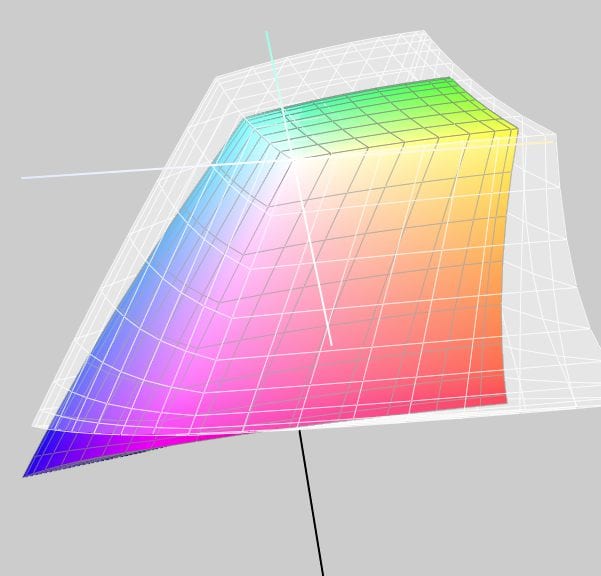Current Proof Standards 2025
Offset and Newsprint ISO Coated v2 (ECI) / ISO Coated v2 300% (ECI) Profile: ISOcoated_v2_eci.icc Standard for glossy and matte coated paper Paper: Types 1 and 2, gloss and matte coated Tone value increase curves A (CMY) and B (K) as defined in ISO 12647-2:2004 Characterisation Data: FOGRA39L ISOUncoated Profile: ISOUncoated.icc Standard for uncoated white natural paper Paper: paper grade 4, uncoated white offset, dot gain curves C (CMY) and D (K) from ISO 12647-2: 2004 Characterisation Data: FOGRA29L PSOCoatedV3 / Fogra 51 Profile: PSOcoated_v3.icc The successor of ISOCoatedV2 for glossy …

